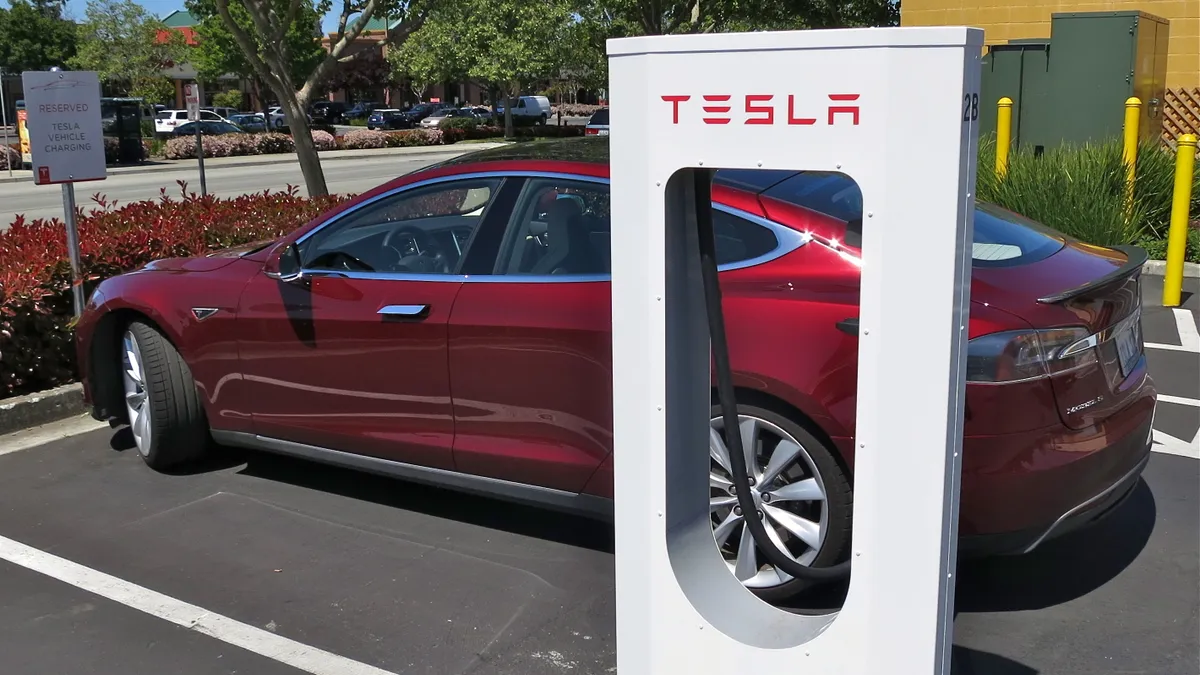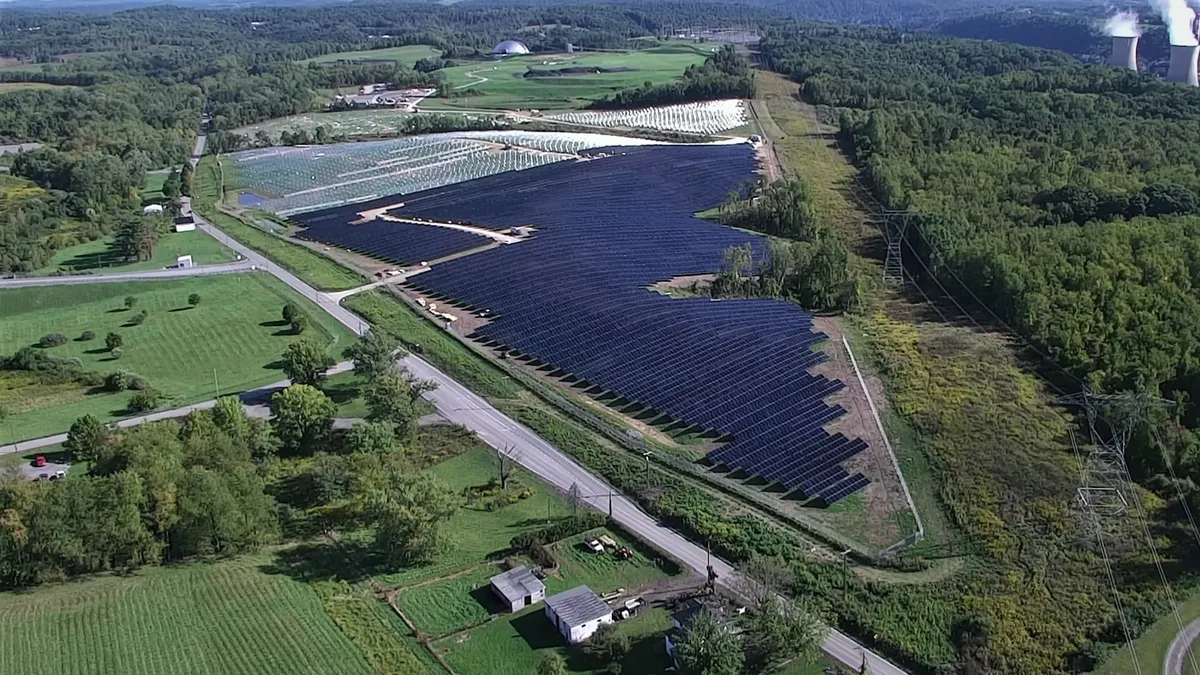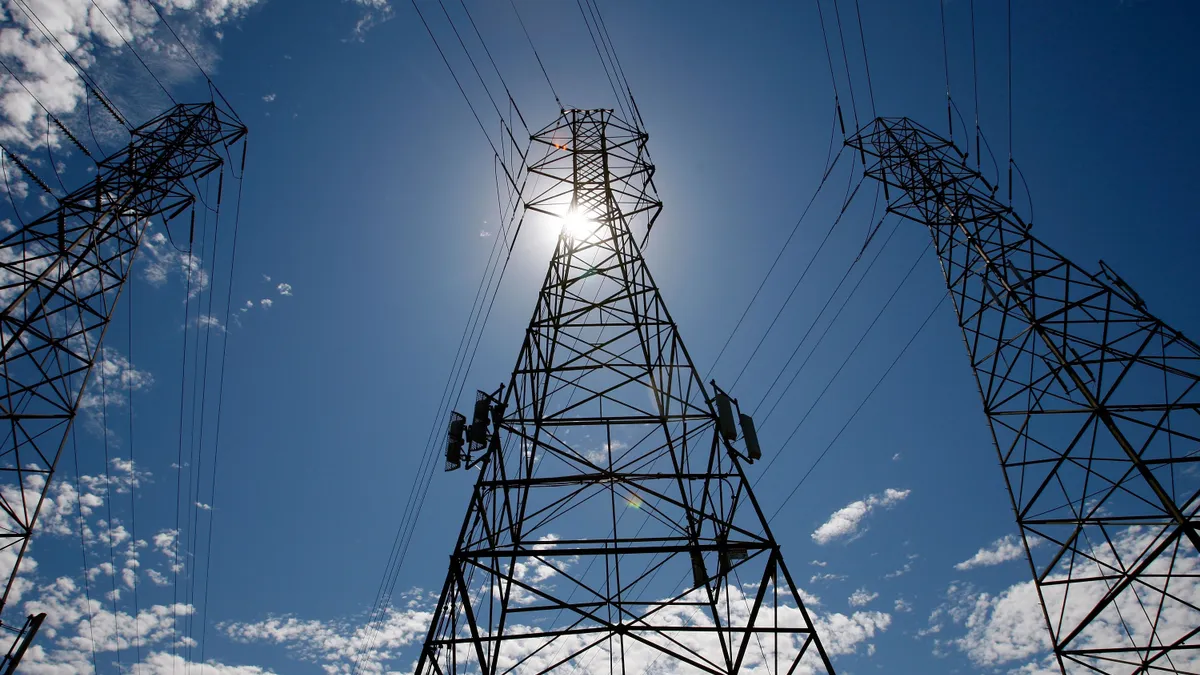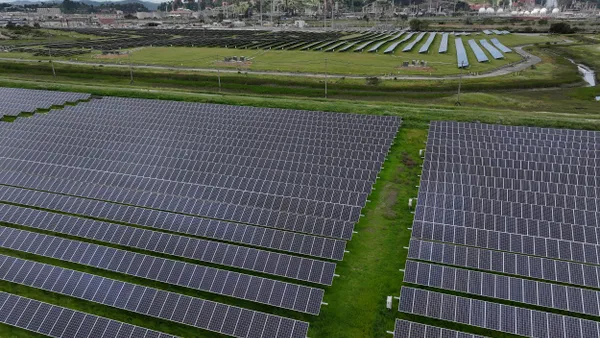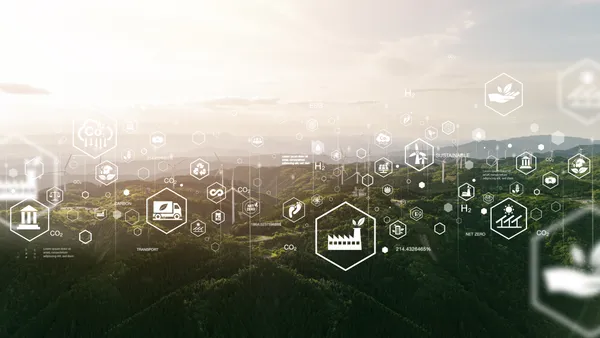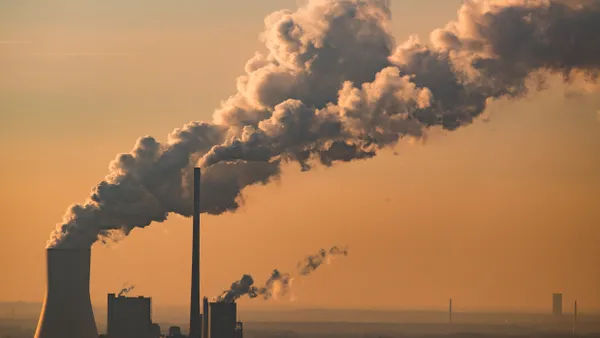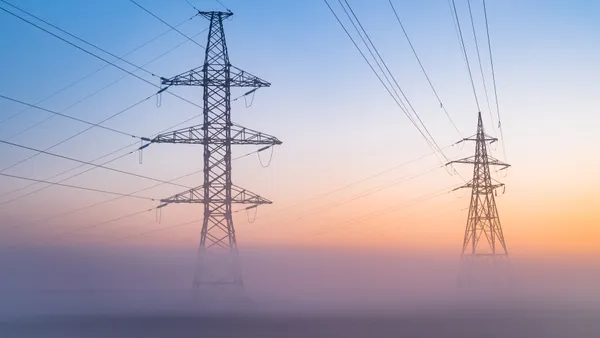Dive Brief:
- Tesla revealed in its earnings last month that it intends to double the number of its fast-charging sites in North America, a move that could put more than 5,000 DC stations across its network in Mexico, Canada and the United States.
- According to Green Car Reports, the integrated storage, solar and car company currently has more than 2,600 chargepoints in North America spread across 370 sites.
- The company's shareholder letter also indicated Tesla expects to finalize the locations for two more factories this year, signaling a long-term growth strategy for the transformational energy company.
Dive Insight:
Tesla's earnings last month showed 2016 brought in $7 billion in total revenue, up more than 70% on the year, but a closer look at the company's shareholder letter reveals big expansion plans for both production capabilities and its customer-facing operations.
"We plan to accelerate expansion of the Supercharger network this year, starting with doubling our number of North American Supercharger locations in 2017," the company said.
The company is also developing so-called "destination chargers" that will be Level 2 AC points at spots where customers may park for longer, such as shopping centers and restaurants, according to Green Car Reports. The transportation news site said Tesla has indicated it "doesn't intend to make significant profits off Supercharger use."
The company is also looking to expand its production capabilities, planning for two additional factories, and possibly more. Its first Gigafactory in Nevada is just ramping up operations, and the company considers SolarCity's factory in New York to be its second. Now, it appears the company has plans to more than double production.
"Later this year, we expect to finalize locations for Gigafactories 3, 4 and possibly 5," the company said in its earnings statement.
Tesla also says it will roll out the Model 3 electric vehicle and solar roof energy resources in the second half of this year. The company has also developed a plan to reduce customer acquisition costs in SolarCity by cutting ad budgets, selling solar products in Tesla stores and shifting away from leasing solar systems.



